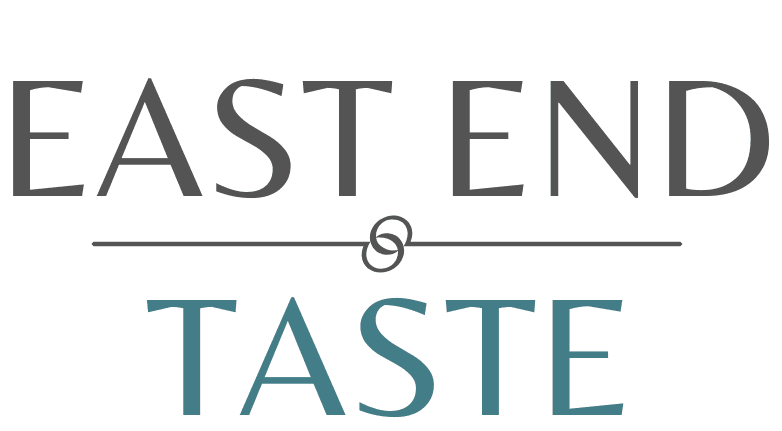Validation lies at the heart of medical device development, serving as the bedrock for regulatory compliance and product integrity. Unlike basic testing procedures, validation involves the rigorous process of confirming that a device performs as intended in real-world conditions. It ensures that medical devices meet both design expectations and the rigorous standards set by regulatory agencies. This process not only safeguards patient safety but also builds confidence among clinicians, healthcare providers, and oversight authorities.
The distinction between verification and validation is often misunderstood but critically important. Verification answers the question, “Did we build the device right?” while validation addresses, “Did we build the right device?” By validating a device, manufacturers demonstrate that the final product meets the user’s needs and regulatory expectations. Without this layer of scrutiny, devices risk failing in clinical settings, leading to product recalls, legal liabilities, and reputational damage for the manufacturer.
Furthermore, the validation process provides a structured pathway for documentation and accountability. In highly regulated environments, this documentation is not optional; it serves as the traceable proof regulators require during audits and pre-market approval reviews. From initial product concept to final market release, validation establishes a comprehensive record that connects design inputs to final outcomes. This traceability not only ensures compliance but also accelerates regulatory approval timelines.
Meeting Global Regulatory Expectations
Global regulatory agencies, including the FDA in the United States and the European Medicines Agency (EMA) in the European Union, place significant emphasis on validation as part of their compliance frameworks. The FDA’s Quality System Regulation (21 CFR Part 820) and ISO 13485 standards both mandate comprehensive validation procedures for Class II and III devices. These requirements are designed to protect public health by ensuring the devices perform safely and effectively over their expected lifecycle.
Manufacturers aiming for global market access must therefore integrate validation strategies early in the development cycle. Countries across Asia, South America, and the Middle East are also aligning their regulatory frameworks with international standards, making validation a global necessity. Failure to meet these requirements can result in market delays, additional testing costs, or outright denial of product approval. Validation, then, is not a localized obligation but a universal imperative for successful market entry.
In navigating these expectations, companies are increasingly turning to validation-focused solutions that support both FDA and ISO compliance. For example, robust validation strategies help ensure alignment with frameworks such as ISO 13485, which outlines the quality management systems needed for regulatory consistency. One approach that supports this alignment involves the systematic documentation of device performance across varied conditions and environments. Companies like Enlil have explored how targeted validation efforts can bridge gaps in compliance, offering guidance on how device makers can meet FDA and ISO standards without duplicating effort. In particular, their work highlights how validation reinforces both ISO 13485 requirements and FDA expectations for quality assurance, as outlined in their analysis of compliance strategies.
Risk Management Through Validation
One of the most critical roles of validation is in the identification and mitigation of risk. Medical devices are often deployed in unpredictable clinical settings, where any deviation from intended performance can have life-threatening consequences. Validation serves as a proactive risk management tool that detects issues long before a product reaches the patient. By simulating real-world usage conditions and stress-testing components, validation helps identify potential failure points that may not be evident during initial design or prototyping stages.
Risk management frameworks like ISO 14971 are closely aligned with validation activities. These frameworks require that manufacturers identify potential hazards, estimate their severity and probability, and implement controls to mitigate those risks. Validation plays an essential role in demonstrating that these controls work as intended. For instance, software in an infusion pump must be validated to ensure accurate dosage delivery under varied user interactions and power conditions. Skipping such validation steps could lead to errors with grave clinical implications.
Moreover, risk-based validation allows companies to prioritize resources on the highest-risk components, which improves both safety and efficiency. This targeted approach not only satisfies regulatory requirements but also aligns with broader quality management objectives. Ultimately, validation ensures that medical devices are not only legally compliant but clinically reliable. It transforms risk management from a reactive process into a proactive discipline embedded in the product lifecycle.
Enhancing Product Development and Innovation
While often viewed through the lens of compliance, validation also plays a pivotal role in advancing product innovation. By introducing structured testing and feedback loops, validation encourages iterative improvements during development. These cycles of testing, analysis, and refinement lead to better-designed, more user-friendly devices that meet both clinician expectations and patient needs. It ensures that innovation does not come at the cost of safety or reliability.
Early-stage validation activities, such as usability testing and simulated clinical trials, provide insights that are otherwise difficult to obtain. These insights often reveal unanticipated design flaws or usage patterns that could compromise device performance. For example, validation can expose issues with touchscreen interfaces or battery life that may not be apparent in bench testing. This feedback allows engineering teams to adapt their designs long before regulatory review, saving time and reducing post-market corrections.
In a competitive MedTech environment, the ability to bring validated, reliable products to market faster is a strategic advantage. Validation streamlines the path to commercialization by preventing costly rework and regulatory delays. In turn, this accelerates time to revenue and builds trust among end-users. It ensures that innovation is grounded in evidence, reducing risk for both the manufacturer and the healthcare providers who depend on their technologies.
Regulatory Readiness and Audit Preparedness
Validation is also essential in demonstrating regulatory readiness and streamlining audit processes. Regulatory bodies increasingly require detailed documentation that confirms a device has been validated under real-world use conditions. This includes test protocols, execution records, acceptance criteria, and results. Without this documentation, even well-performing devices can be delayed or denied market clearance due to insufficient proof of validation.
Audit preparedness depends heavily on how well validation activities have been planned, executed, and recorded. Comprehensive documentation acts as a shield during audits, showing not only that the device functions properly but that the manufacturer has maintained a rigorous quality management system. Regulators often review this documentation as a first step in assessing whether a company is in control of its design and production processes. A lack of detail or inconsistencies in validation records can signal deeper issues within the organization.
Having a validation strategy that is embedded in product development timelines ensures that documentation is ready well before the audit occurs. Companies that wait until late-stage development to address validation often scramble to generate reports, increasing the risk of noncompliance. A proactive validation culture encourages continuous monitoring, making compliance less of a hurdle and more of a natural outcome of good engineering practices.
Building Long-Term Trust and Market Credibility
Validation’s influence does not end at regulatory approval; it extends throughout the product’s market life, shaping how healthcare professionals and institutions perceive the device and the company behind it. A well-validated device earns trust not only because it performs reliably but because it carries the assurance of scientific rigor. In an industry where outcomes are literally a matter of life and death, that trust is invaluable.
Market credibility is built over time, but it can be eroded quickly by a single high-profile failure. Many device recalls and adverse events trace back to inadequate validation efforts during development. When stakeholders see that a company has prioritized thorough validation, they are more likely to view its products as safe, dependable, and worthy of adoption. This credibility translates into stronger relationships with clinical partners, faster uptake in healthcare systems, and a better reputation with regulators.
In the long term, companies that embed validation into their corporate culture tend to outperform those that treat it as a one-time obligation. Validation becomes a differentiator, not just a compliance checkpoint. It signifies a commitment to excellence and positions the organization as a leader in a rapidly evolving field. By making validation a strategic priority, manufacturers ensure not only regulatory success but sustainable growth in a highly scrutinized marketplace.


